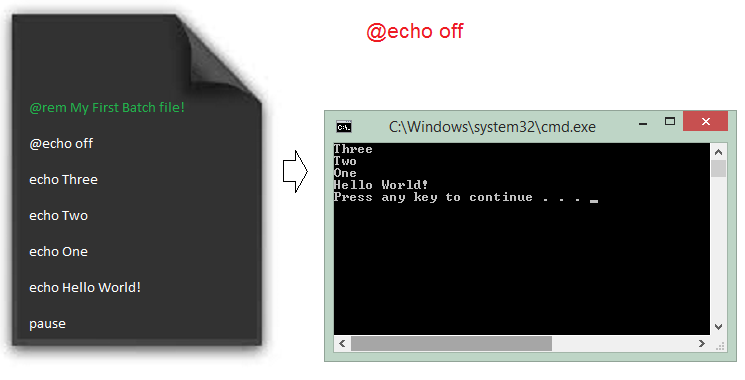

A new JobExecution is also created to track the progress of this particular execution. A new JobInstance is created and stored in a repository (usually a database). If the job was not previously launched then it can be created and executed.We expect one of the following outcomes, depending on the Job: When a Job is launched it first checks to see if a job with the same JobParameters was already executed. Simple as well as complex, high-volume batch jobs can leverage the framework in a highly scalable manner to process significant volumes of information.Ī Job can be re-used to create multiple job instances and this is reflected in the figure above showing an extended picture of the core domain. It also provides more advanced technical services and features that will enable extremely high-volume and high performance batch jobs through optimization and partitioning techniques. Spring Batch provides reusable functions that are essential in processing large volumes of records, including logging/tracing, transaction management, job processing statistics, job restart, skip, and resource management. Spring Batch builds upon the productivity, POJO-based development approach, and general ease of use capabilities people have come to know from the Spring Framework, while making it easy for developers to access and leverage more advanced enterprise services when necessary. Spring Batch is a lightweight, comprehensive batch framework designed to enable the development of robust batch applications vital for the daily operations of enterprise systems. Batch processing is used to process billions of transactions every day for enterprises. insurance benefit determination or rate adjustments), or the integration of information that is received from internal and external systems that typically requires formatting, validation and processing in a transactional manner into the system of record. month-end calculations, notices or correspondence), periodic application of complex business rules processed repetitively across very large data sets (e.g. These operations typically include time based events (e.g.


These business operations include automated, complex processing of large volumes of information that is most efficiently processed without user interaction. Many applications within the enterprise domain require bulk processing to perform business operations in mission critical environments.


 0 kommentar(er)
0 kommentar(er)
